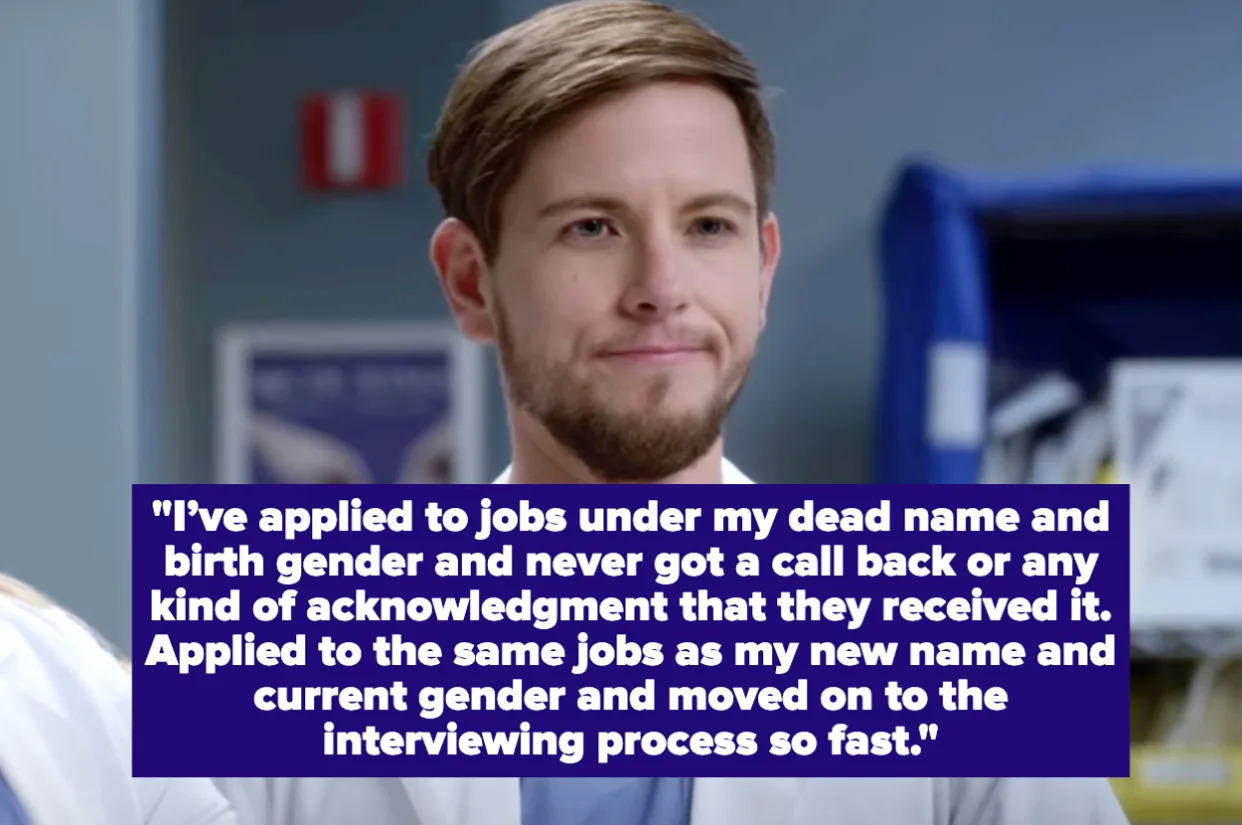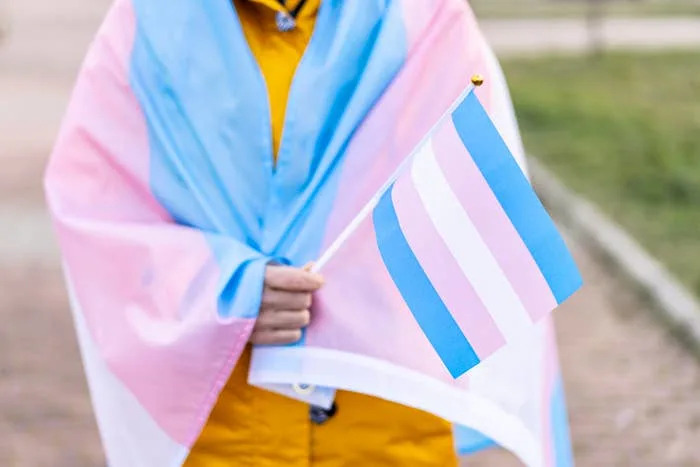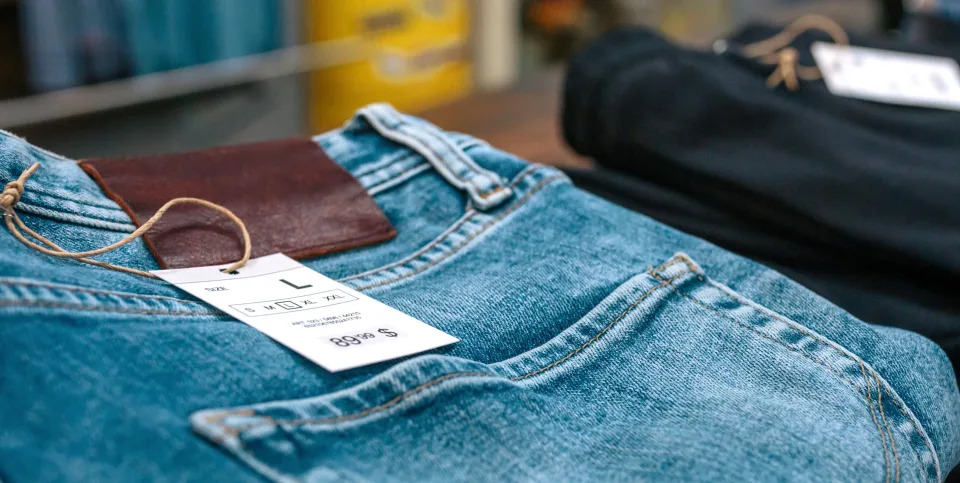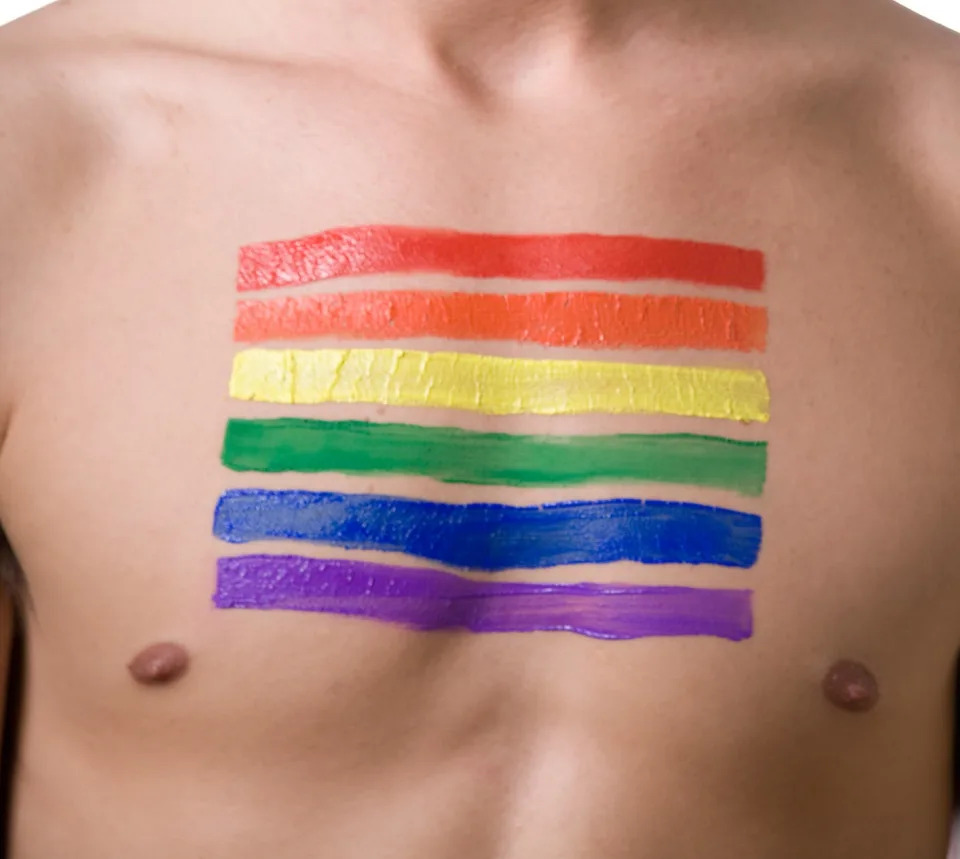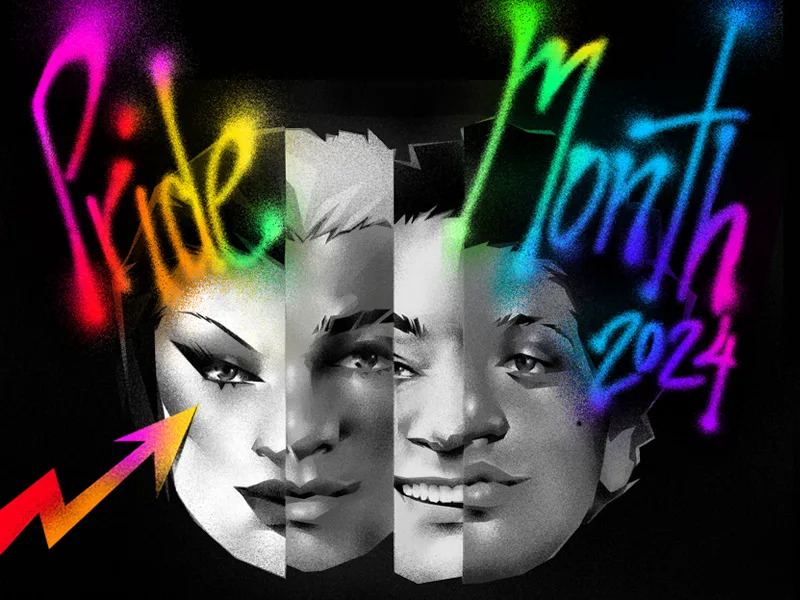For the First Time Ever, the Colossal Squid Might Have Shown Its Secret Face
Darren Orf
Thu, 13 June 2024

Although its the largest invertebrate species in the world, scientists have never glimpsed the colossal squid (Mesonychoteuthis hamiltoni) in its natural habitat.
However, a non-profit ocean research team named Kolossal may have finally spotted a juvenile colossal squid as it traversed the waters around Antarctica. If true, this would be the first video of its kind.
The team captured this footage by rigging a deep-sea camera to a polar tourism vessel.
Humans spend nearly their entire lives on land, but the Earth we call home is really a water world. With 71 percent of the Earth’s surface covered by water, this expansive ecosystem has been difficult to study, and many animals of the deep ocean remain a complete mystery. One of the most spellbinding of these animals is the colossal squid (Mesonychoteuthis hamiltoni). When full-grown, this creature is about as long as a bus and weighs nearly 1,100 pounds.
Believed to live in the Southern Ocean surrounding Antarctica, this immense cephalopod—the largest invertebrate species on the planet— has never been observed in its natural habitat. Scientists only get a good look at these animals when trawlers accidentally catch them in their nets. But a new kind of oceanographic study seems to have struck gold last year when international research team and non-profit called Kolossal appeared to have stumbled across a juvenile colossal squid during one of its four trips to Antarctica from December of 2022 to March of 2023.
The team used a novel approach for imaging the ocean—outfitting a polar tourism vessel called the Ocean Endeavor with a deep-sea camera. Thankfully, the research team released the footage, which the website IFLScience promptly posted to YouTube.
“Antarctica is experiencing rapid and complex change, and it is critical to have a better understanding of these changes for the region’s ocean ecosystems,” the Kolossal team wrote in a paper detailing the method in February. “The costs and logistical challenges to operate scientific research vessels prohibits the scaling of crucial science and discovery in the region. Yet, the tourism industry in Antarctica is growing rapidly, and collaboration between tourism companies and researchers provides important access to the region.”
While leveraging tourism for marine exploration is a logistical win-win, finding verified footage of a colossal squid is as hard as ever. Even the short clip of the above specimen isn’t confirmed, as the video could be capturing an adult glass squid Galiteuthis glacialis or perhaps even a species completely unknown to science. The video is currently being peer-reviewed by experts, but it’s unlikely that scientists will ever know for sure. But because footage of any squid species in the Southern Ocean is rare, the footage is a huge victory for marine biologists studying these famously elusive animals regardless of its contents.
“The two known Cranchiidae taxa seen in the Antarctic are Galiteuthis glacialis and Mesonychoteuthis hamiltoni,” Aaron Evans, who is peer reviewing the footage, told IFLScience. “The squid seen here could belong to different life stages of either of those taxa—and is an exciting example of wild cranchiid behavior, as I cannot think of existing video footage of either of those squid in their natural environment.”
Although the team’s stated goal is to capture footage of an adult colossal squid in its natural environment, according to IFLScience, the camera filmed nearly 80 species. Among them were giant volcano sponges, Antarctic sunflower stars, and many other marine invertebrates.
For now, the world’s largest invertebrate species frustratingly remains one of the animal kingdom’s largest mysteries. But as marine biologists team up with tourism vessels to explore the oceans, some of the our water planet’s biggest questions could slowly be answered.










